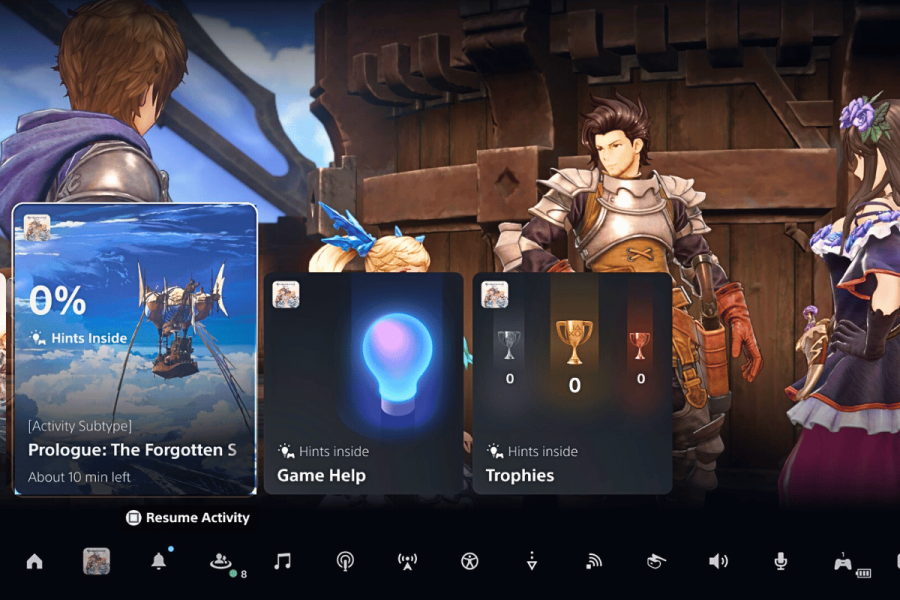As technology companies like Google, Sony, and Intel are working to deliver Web content into the living room, Web publishers, content producers, and advertisers are busy looking into the (not so distant) future to determine how to be successful in this new space.

As a Web publisher with a strong video focus, we’re used to facing pretty steep technical challenges in trying to get our content onto your TV. It’s hard to believe that just two years ago the only device capable of playing Web content on TV was TiVo. With a relatively small installed base of 1.5 million subscribers and proprietary software, it was tough to get on the platform and even tougher to reach a sizable audience.
Nick Wilson is CTO at Break Media, an entertainment community for men. He’s spent the last two decades building products that leverage digital content and is a recognized innovator in the digital entertainment field. He’s excited about Break.com being one of the first HTML5-enabled video sites.
Today the landscape is completely different, as most of the major technology and CE companies are jumping into the fray with a range of connected devices, Internet-ready TVs, and Web-capable Blu-ray players. Thankfully, we’re seeing some standardization on the technology side, which means that it’s becoming increasingly straightforward to develop content and applications that are scalable across multiple platforms. For example, if your Web content meets the H.264 video encoding standard and supports the popular RSS protocol, it is 70% of the way to the TV monitor on most of the new platforms.
We can draw an interesting parallel here between the early days of mobile, before Web browsers were built into phones, and today’s web-connected TVs. Years ago, the only way to get content to a mobile audience was through carrier or OEM placement, which was expensive and difficult for all but the largest brands. Today, with the exception of Apple TV, all the latest generation of web-connected devices support an open Web browser, allowing any publisher to get content onto the TV with nothing more than standard Internet engineering.
We’re starting out in a more advanced spot with Web TV, and we expect that the space will quickly evolve into an open, Web-oriented ecosystem where gaining traction is less about relationships and more about producing quality content.
The only option is to consolidate all the inventory from every platform into one bucket, and target your creative to a much greater, platform-agnostic pool.
So now that Web TV is becoming more of a reality, what should we be thinking about when it comes to monetizing our content there?
With dozens of different platforms in development or already on the market, and consumers buying thousands rather than millions of each of these devices, the available inventory on any one of them won’t be nearly enough to sell for a campaign. The only option is to consolidate all the inventory from every platform into one bucket, and target your creative to a much greater, platform-agnostic pool.
Advertising on these new platforms will likely need to be part of larger, cross-media campaigns that will be purchased as part of comprehensive buys on a given publisher’s properties. A combination of limited inventory but a highly targeted audience of affluent early adopters lends itself to cutting-edge brands that want to reach this prime demographic. Hopefully, TV CPMs will be slightly higher than regular inventory as a result.
It will be interesting to watch this space evolve over the next year. Needless to say, the potential is huge and TV ads are a massive business: TV accounted for nearly 36% of the $148.3 billion U.S. advertising market last year, according to ZenithOptimedia.
Photo by gerard79





















